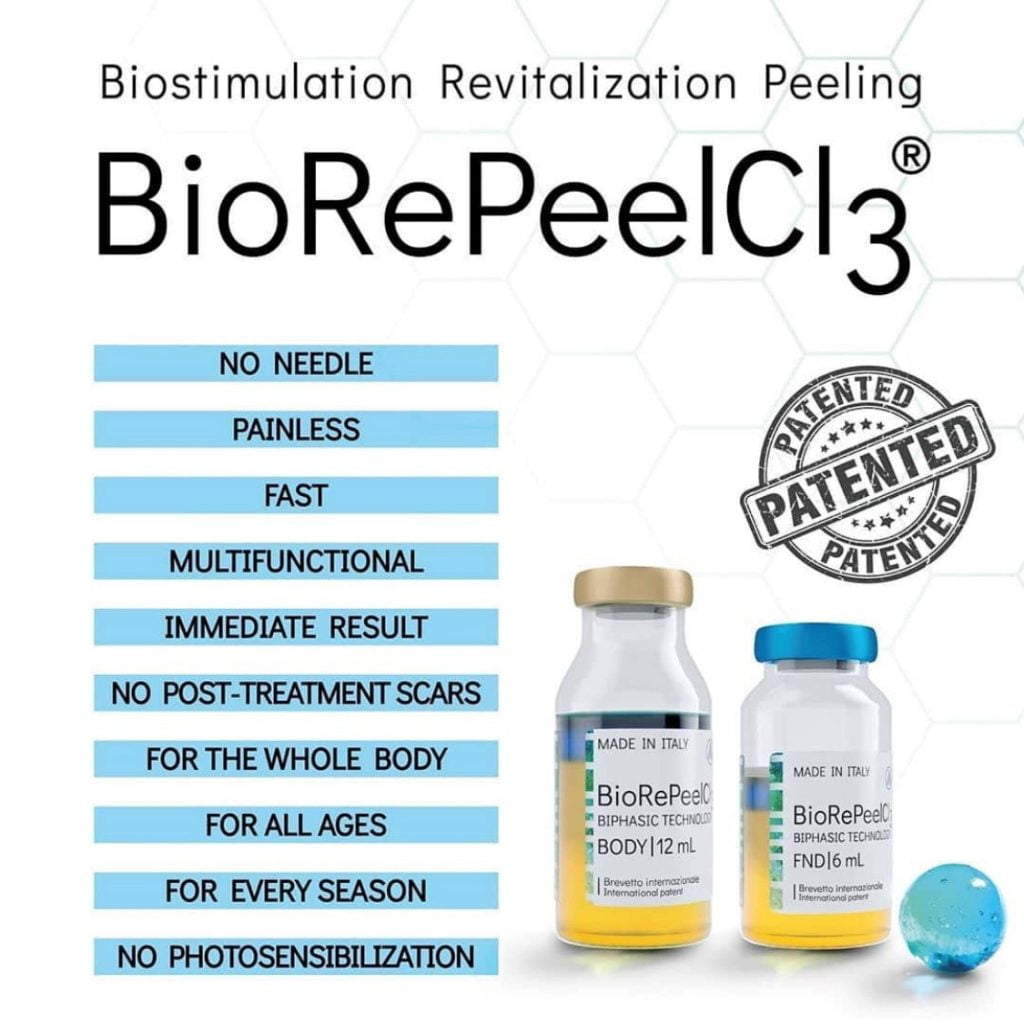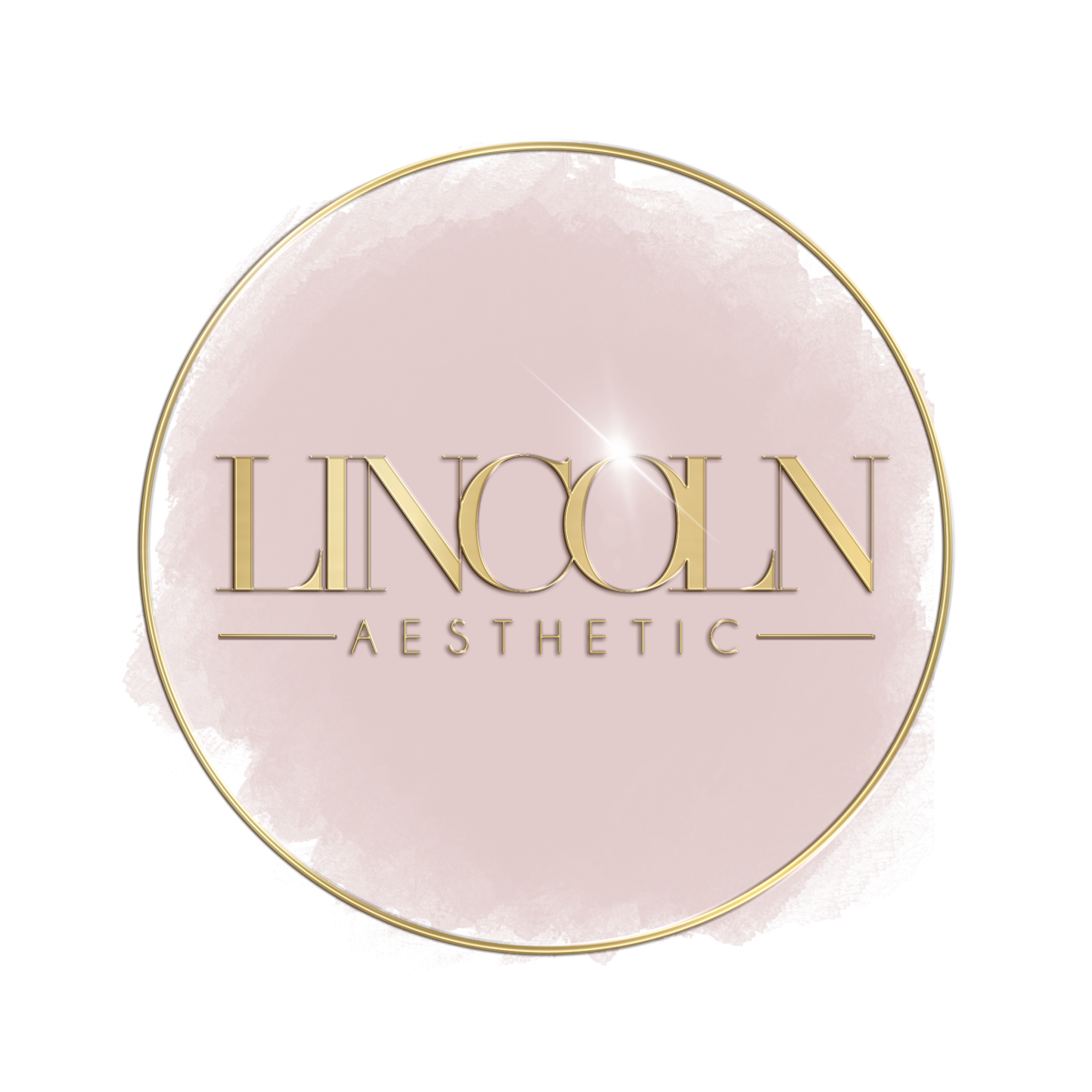Chemical Peels in Lincoln
What is a chemical peel?
A chemical peel is a technique used to improve the appearance of the skin on the face, neck or hands. A chemical solution is applied to the skin that causes it to exfoliate and eventually peel off. The new, regenerated skin is usually smoother and less wrinkled than the old skin. The new skin is also temporarily more sensitive to the sun. There are three basic types of chemical peels:
- Superficial or lunchtime peel: Alpha-hydroxy acid or another mild acid is used to penetrate only the outer layer of skin to gently exfoliate it. The treatment is used to improve the appearance of mild skin discoloration and rough skin as well as to refresh the face, neck, chest or hands.
- Medium peel: Glycolic or trichloroacetic acid is applied to penetrate the out and middle layers of skin to remove damaged skin cells. The treatment is used to improve age spots, fine lines and wrinkles, freckles and moderate skin discoloration. It also can be used to smooth rough skin and treat some precancerous skin growths, i.e. actinic keratosis.
- Deep peel: Trichloroacetic acid or phenol is applied to deeply penetrate the middle layer of skin to remove damaged skin cells. The treatment removes moderate lines, age spots, freckles and shallow scars. Patients will see a dramatic improvement in skin appearance. The procedure is used on the face and only can be performed once.


Contra-indications
- Hyper-sensitive skin
- Severe acne
- Eczema
- Psoriasis
- Skin diseases, such as impetigo, herpes simplex
- Bruising in the area
- Recent operations (treatment can be performed after six months)
- Inflammation or swelling of the skin
- Eye disorders such as conjunctivitis
- Fractures (treatment can be performed after six months)
- Sebaceous cysts
- Botox, Restylane or collagen injections within the last two weeks
- Laser/IPL or microdermabrasion treatments within the last two weeks
- Used Retin-A, Renova, AHA or retinol derivative products within the last three months
Contra-indications
- Hyper-sensitive skin
- Severe acne
- Eczema
- Psoriasis
- Skin diseases, such as impetigo, herpes simplex
- Bruising in the area
- Recent operations (treatment can be performed after six months)
- Inflammation or swelling of the skin
- Eye disorders such as conjunctivitis
- Fractures (treatment can be performed after six months)
- Sebaceous cysts
- Botox, Restylane or collagen injections within the last two weeks
- Laser/IPL or microdermabrasion treatments within the last two weeks
- Used Retin-A, Renova, AHA or retinol derivative products within the last three months

After the treatment advise your client on the following:
- Avoid heat treatments for up to 24 hours before and after the treatment including whirlpool spas and saunas, steam rooms, sunbeds and sun bathing
- Do not apply any perfumed or make-up products to the area for 24 hours after treatment
- Do not use any alcohol-based products on the skin
- It is recommended that sunscreen SPF 30 or above should be worn after receiving a Visopeel treatment
When will I client to see results?
Skin will look instantly brighter after one treatment; however, it may take up to four treatments to see an improvement of blocked pores and melt the sebum that has already formed under the skin. Maintenance treatments every four weeks thereafter will help to prevent blemishes returning.
How frequently can I have Visopeel treatment?
Twice a week for four weeks on normal, combination skin types or once a week for four weeks on dry skin types. Once a month thereafter as a maintenance treatment.
Are there any side effects following a Visopeel treatment?
You may experience some mild redness following the treatment which will subside after a few hours. Avoid touching or applying cosmetics and make-up for 12 hours following a treatment.
1 session – £50
4 sessions – £160

BioREPEEL
BioRePeel is a complete aesthetic medical treatment for topical use. It is painless, can be applied without needles. It is suitable to use on the whole body and is in compliance with the CE norms with an international patented formulation.
BioRePeel can be used for the treatment of:
- Prevention of skin aging;
- Prevention of fine wrinkles;
- Wrinkle treatment;
- Hyperpigmentation;
- Skin texture improvement;
- Skin colour improvement;
- Acne;
- Post acne injuries;
- Large pores and blackheads.
Formula
The BioRePeel formula is biphasic, meaning it has 2 distinct phases and is a patented technology.
Effect
Immediate effect
BioRePeel produces instantly glowing skin.
Long-term effects
- Helps to diminish fine lines and wrinkles;
- Helps to improve the texture of the skin;
- Helps to even skin tone;
- Helps to reduce outbreaks and improve problematic skin;
- Helps to remove dead skin.
Usability
BioRePeel can safely be used on all Fitzpatrick skin types, unlike peels of old which previously could not be used on Fitzpatrick skin types five and six.
It can safely be used on the whole body, including armpits and areas with shaving shadow.
Lipophilic Phase
Protective Antioxidant Action
The blue layer is a fatty, oily substance which serves as a barrier to protect the active ingredients from oxidising.
Moisturising & Filming Action
When applied to the skin it creates a filming action and protects the hydrolipidic film. This is the protective barrier that covers the skin. This will ensure that the skin maintains its suppleness and moisture. It also ensures that the client experiences minimal discomfort from the peel.
Carrier Action
In addition, the lipohilic phase encourages penetration of the active ingredients into the skin.
Hydrophilic Phase
The yellow layer is full of extremely powerful ingredients which perform a number of important functions.
TCA (trichloroacetic acids), AHA (alpha hydroxy acids), BHA (beta hydroxy acids) &
PHA (polyhydroxy acids)
With this innovative mix of ingredients, the hydrophilic phase is able to perform a deep biostimulating and revitalising effect in the skin at the extracellular matrix level. This stimulates the fibroblasts in the correct way in order for them to synthesise collagen and elastin.
In the body’s ECM (extracellular matrix), there are lots of fibroblasts. In order to maintain a good homeostastis in the ECM, these fibroblasts need feeding.
Aminoacids & Vitamins
The peel provides nourishment in the form of Amino Acids and vitamins. Using the TCA to create a chemical injury to the skin it helps to drive these ingredients deep into the dermis to feed the fibroblasts.
is peel can be used all year round, including the summer months.
Application of Face and Neck
Recommended Treatment Course
Treat the client every 7-10 days for 4 to 6 sessions, depending on the indication or assessment of the treatment area. After the initial sessions, recall the client after 3 months for an additional 4 to 6 sessions.
1 Session – £80 (inc. LED Light Therapy)
4 Sessions – £280 (inc. LED Light Therapy)



